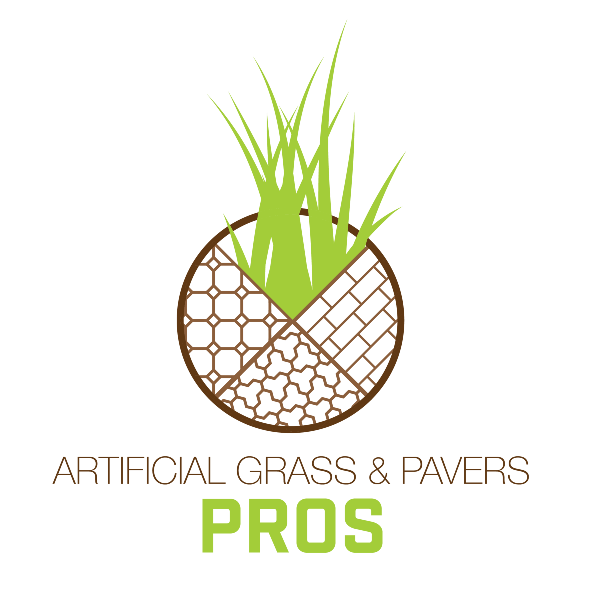Artificial grass, or fake grass, comes in various types and styles, each designed to suit different applications and preferences. To make an informed decision, it’s important to understand the different options available and how to choose the best one for your needs. Here’s a comprehensive guide on the different options for fake grass and how to pick the correct one.
Types of Fake Grass
- Nylon Artificial Grass
- Durability: Nylon is the strongest type of artificial grass, known for its durability and resistance to heavy foot traffic and high temperatures.
- Applications: Ideal for sports fields, playgrounds, and areas that experience heavy use.
- Appearance:
- Maintenance: Low maintenance due to its resilience.
- Polyethylene Artificial Grass
- Softness: Polyethylene grass is softer and more natural-feeling compared to nylon.
- Applications: Commonly used for residential lawns, pet areas, and landscaping due to its realistic appearance.
- Appearance: Offers a lush, green look with a variety of blade shapes and colors to choose from.
- Maintenance: Easy to clean and maintain; often used with infill to keep the blades upright.
- Polypropylene Artificial Grass
- Cost-Effectiveness: The most affordable type of artificial grass.
- Applications: Suitable for decorative purposes, low-traffic areas, and temporary installations.
- Appearance: Less durable and realistic than nylon or polyethylene but still effective for specific uses.
- Maintenance:
- High-Density vs. Low-Density Grass
- High-Density: Provides a fuller, more lush appearance, suitable for lawns and areas where a realistic look is desired.
- Low-Density: Less dense grass is often used in decorative areas or where a less natural appearance is acceptable.
- Pile Height
- Short Pile (0.5 – 1 inch): Ideal for putting greens, indoor areas, and places where a shorter grass look is preferred.
- Medium Pile (1 – 1.5 inches): Versatile and commonly used for lawns, pet areas, and playgrounds.
- Long Pile (1.5 inches and above): Provides a lush, natural look suitable for residential lawns and landscaping.
How
- Identify Your Needs
- Usage: Determine how the area will be used. High-traffic areas require more durable grass, while decorative areas can use less durable, more affordable options.
- Purpose: Consider whether the grass is for a lawn, playground, pet area, sports field, or decorative purpose.
- Evaluate Traffic and Wear
- Foot Traffic: For areas with heavy foot traffic, choose high-density, durable grass like nylon or high-quality polyethylene.
- Pets: Opt for pet-friendly grass with good drainage and antimicrobial properties to handle pet waste.
- Consider Aesthetics
- Natural Look: For a natural appearance, choose polyethylene grass with a mix of blade colors and a thatch layer.
- Blade Shape: Different blade shapes (e.g., flat, V-shaped, W-shaped) affect the grass’s appearance and performance.
- Assess Maintenance Requirements
- Ease of Cleaning: Polyethylene and nylon are easier to clean and maintain. Consider infill options to keep the blades upright.
- Long-Term Care: Think about how much time and effort you’re willing to invest in maintaining the turf.
- Safety Features
- Children and Pets: Ensure the grass is non-toxic and has safety features such as soft padding for playgrounds or antimicrobial properties for pet areas.
- Infill Materials: Consider the type of infill (sand, rubber, organic) to enhance safety, drainage, and comfort.
- Climate Considerations
- Heat Resistance: Nylon is better for areas with high temperatures due to its heat resistance.
- Drainage: Ensure the grass has good drainage if you live in a rainy area to prevent water pooling.
- Budget
- Cost vs. Quality: Balance your budget with the quality and durability of the grass. Higher upfront costs for quality grass can save money on maintenance and replacement in the long run.
- Warranties and Reviews
- Product Warranty: Look for products with good warranties that ensure longevity and quality.
- Customer Reviews: Read reviews to learn from other users’ experiences with the product.
Concluded
Choosing the right artificial grass involves considering factors like usage, aesthetics, maintenance, and budget. By understanding the different types of fake grass and their specific benefits, you can make an informed decision that meets your needs and enhances your outdoor space. Whether for a lush lawn, a safe playground, or a durable pet area, there’s a perfect artificial grass option for every application.
